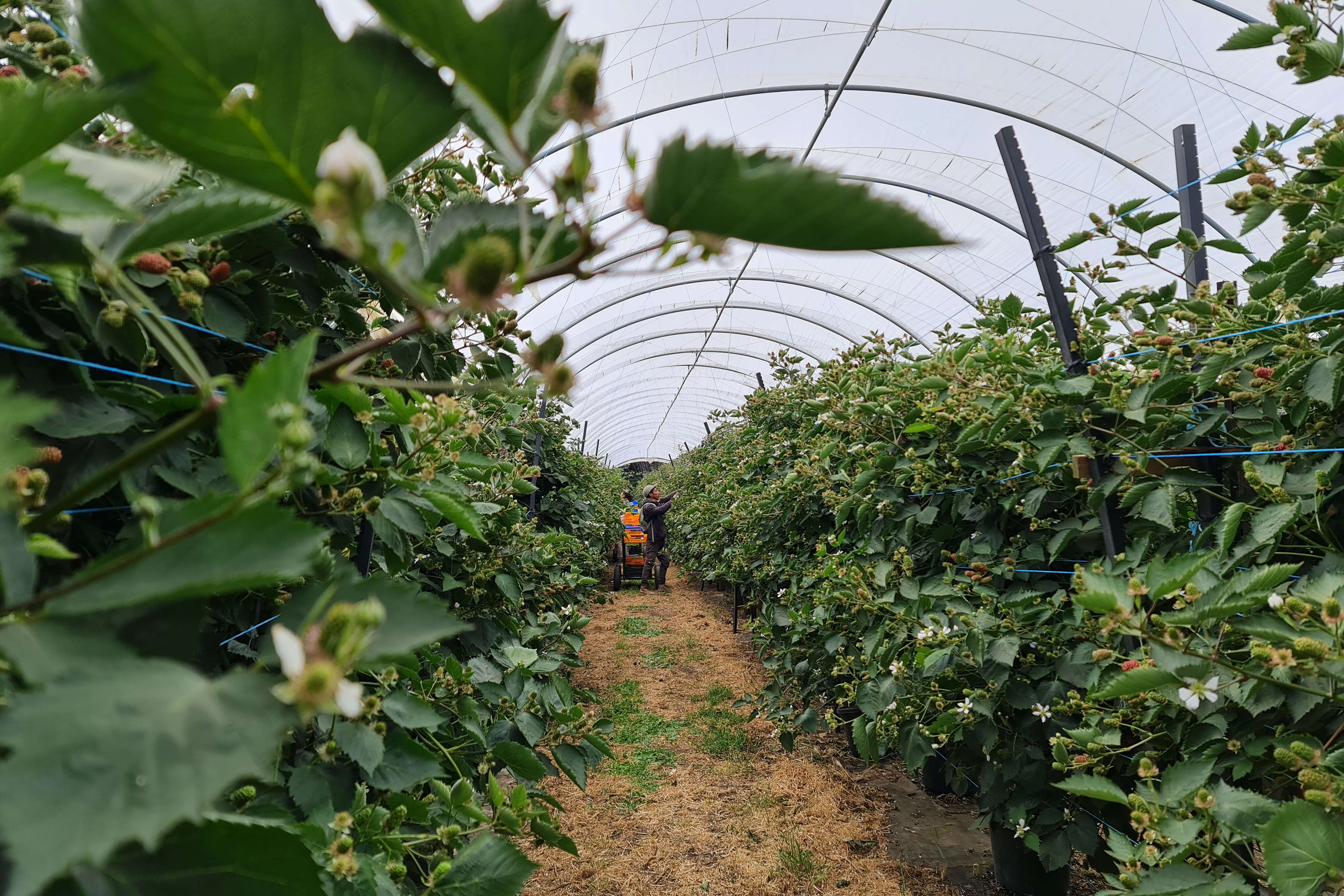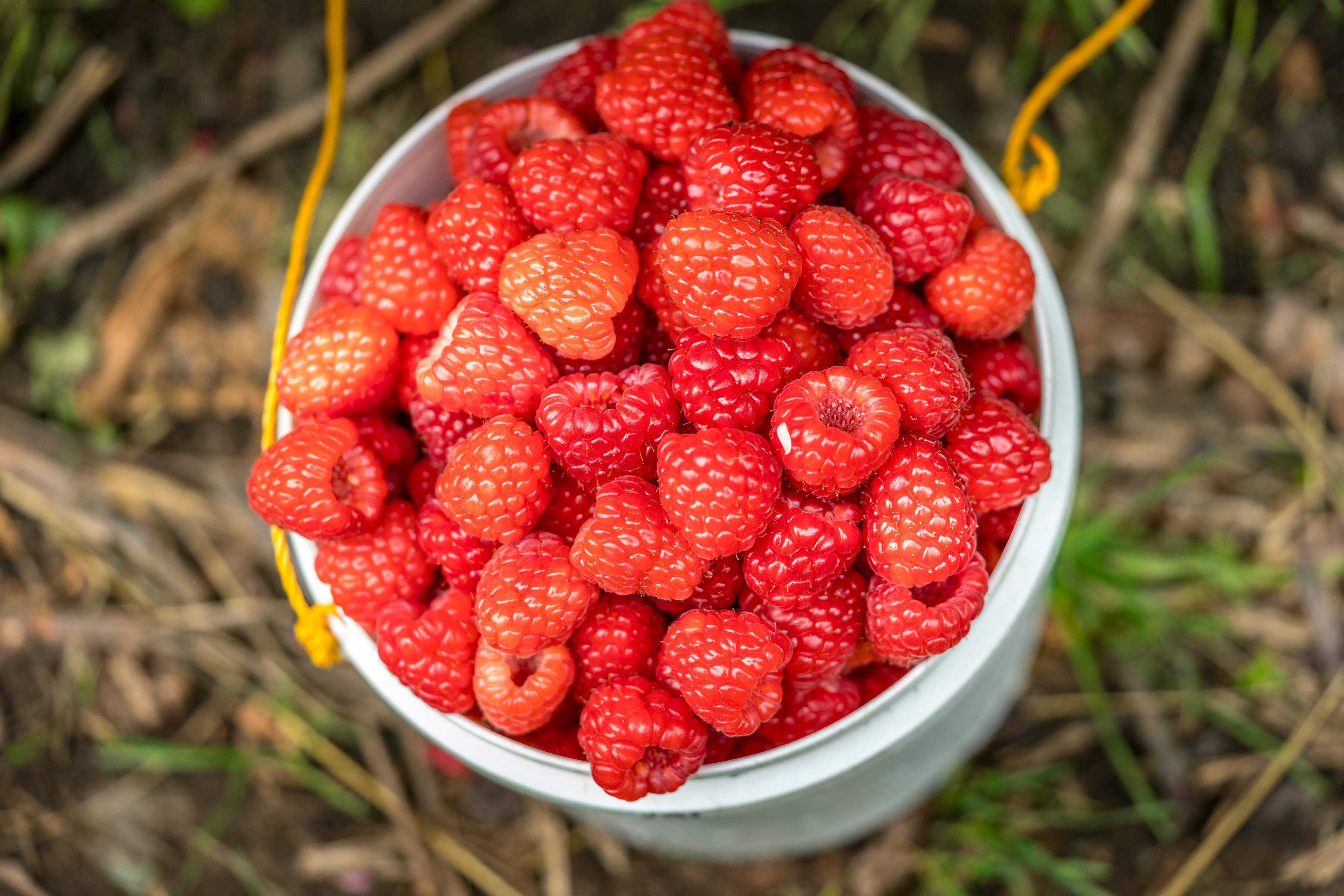
Laurie Adams of Burlington Berries
Read more

Tasmania produces plump, sweet raspberries in some of the best growing conditions anywhere in the world.
The cool temperate climate of Tasmania is beneficial for growing raspberries. The cooler conditions favour better quality fruit with a longer shelf life.
Tasmania is the largest producer of raspberries in Australia. The total value of the Tasmanian rubus production is some $67 million, supplying about 30% of the volume of fresh rubus in the domestic market.
Tasmania is host to a number of large berry growing operations as well as a range of smaller independent operations.
Our production technology is some of the best in the world and includes protected cropping and access to a broad network of irrigation systems.
November–June
Maravilla, Kwansa, Diamond Jubilee, as well as Chilliwack, Chilcotin and Autumn Bliss (public varieties)
2,396MT
$49M
Being a remote island surrounded by water and aided by a robust biosecurity system, Tasmania remains free from many plant-related pests and diseases including Queensland fruit fly and Mediterranean fruit fly. This freedom means our produce can be exported with minimal, if any, phytosanitary treatment.
Tasmanian raspberries are grown predominantly in the Central North West, Tamar Valley, Northern Midlands, Coal Valley, Derwent Valley and Huon Valley regions of the state.
“I believe the Tasmanian berry industry has a lot going for it with its long growing season, fantastic genetics, and great reputation for quality food.”
Tasmania’s relative pest free status offers trade opportunities for importing countries seeking access to Tasmanian grown produce.
This information is extracted from the Department of Agriculture Fisheries and Forestry’s Manual of Importing Country Requirements which is frequently updated. Please validate this information before proceeding further.
The importing country has no phytosanitary restrictions for entry into the market.
Open to Tasmania, without requiring any phytosanitary treatment.
No arrangements have been developed to make trade between the two countries possible, or trade is currently not allowed.
Through the generations our growers feel the pulse of the seasons and heartbeat of this land. They understand what thrives here — they take the time to grow produce with care. Meet some of our passionate, committed and knowledgeable Tasmanian growers…
Submit your interest and we will share your details with Tasmanian growers.